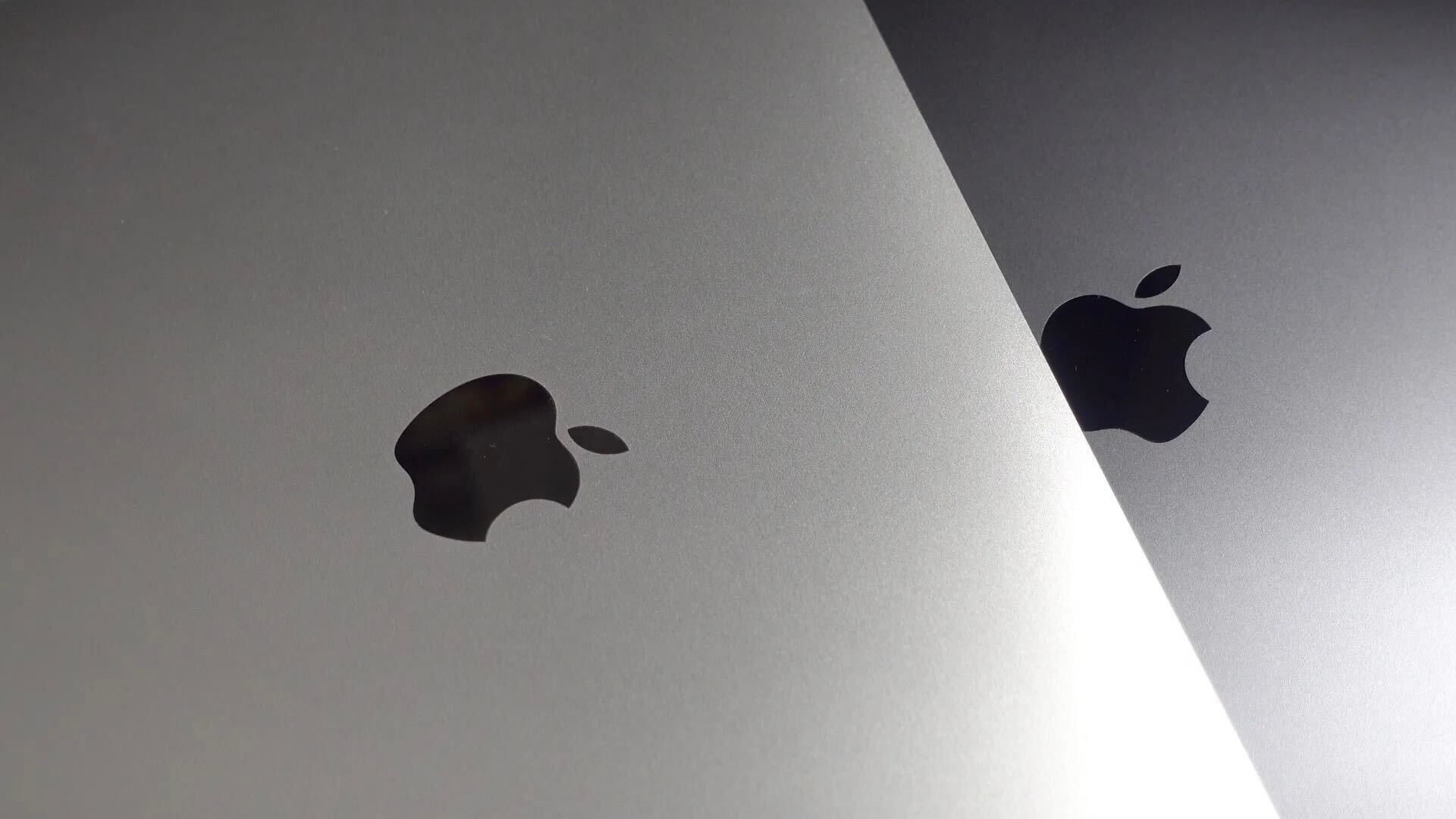
Pages recently added the ability to set page backgrounds, so you can give your document a blue or pink base color without messing around with full-page objects that just get in the way.
To use this feature, you’ll need to make sure to update to the latest versions of the Pages app for Mac and Pages for iOS, rolled out earlier in June. With the update installed, it’s time to find the page layout settings to change the background. Unfortunately, the feature is a little buried — and there’s an important gotcha to look out for …
Now, the short explanation is that you need to deselect any objects, open the Format pane and select an option from the ‘Background’ menu. The chances are though that you won’t be able to find those settings.
Here’s why: the big thing about setting custom backgrounds in Pages is that it is only available for page layout documents. This requires some explaining.
Pages documents can be set up in either ‘word processing’ or ‘page layout’ mode. A word-processing document allows text to be typed immediately, and text automatically flows onto successive pages as you get to the end of the previous page. A page layout document does not have this base text entry area. Instead, it can be seen as a canvas where you have to manually add text boxes to type into, and explicitly create new pages where you can make linked text boxes if you want to continue a passage from a previous page.
The ‘word processing’ option is the general default. Page layout option is best for certain types of projects — posters, newsletters — for purposes that need more fine-grained control over the design. Page background controls are only available on page layout documents, as you can set a page background for every distinct page that you add.
Now, on the Mac, it is possible to change any document into a page layout mode. iOS does not currently have this capability.
On Mac, to convert any open document into page layout mode, open the Document sidebar by pressing the icon in the top right of the toolbar. Then, deselect ‘Document Body’.
Pressing this will show a scary warning that conversion requires deleting any body text or inline elements; this means any text not in a text box will be deleted. You can undo, there is no good way to migrate over. Ideally, you should remember to uncheck this box when you first make your document and you are staring at a blank page.
With the document body disabled, you can now go back to the Format menu — make sure not to select any object. You will now see a Page Layout header in the sidebar, with the options for setting the background just below it. You get the same kind of options as with any object’s background; color fill, image fill, or gradient fill.
- Color Fill Background
- Gradient Fill Background
- Tiled Image Background
Just select what kind of fill you want to change the page background. If you are using an image, you can choose to aspect fill, scale to fit, or tile if you have a repeating pattern like in this example.
Of course, general rules of aesthetics apply — take note of contrasting colours to ensure text remains readable. If you must use a busy image backdrop, one tip is to add a drop shadow to the text to make it stand out. (You can add shadows to text in the advanced options menu, hidden behind a gear icon in the Format pane when editing text.)
Now, that’s for Mac … remember to disable the document body, ideally before you’ve actually started typing anything because all body text is deleted when converting.
iOS is more nuanced. If you have a page layout document already in iCloud Drive, Pages for iPhone and iPad will happily open and edit them. You can even edit the Background options; don’t select any objects on the canvas and press the Format icon to display the page editing controls.
The problem is that there is no way in the current version of iOS Pages to convert a document — the checkbox to disable the document body is not available. If you are creating a new document and want to use page background features on Apple’s mobile platforms, you need to use a workaround: you have to open a template that uses page layout mode and then delete all the content within it.
This means you can pick any of the flyer, poster or card templates as a starting point. You then need to delete everything in the template to get to a blank document — crucially with page layout enabled. I would recommend the ‘Type Poster’ template as it doesn’t have many elements to start with.
This is an annoying pain point of the whole process and an example of one of the few areas where the Mac and iOS iWork suites still aren’t wholly in sync with each other. Hopefully, in the future, Apple will add direct page layout customization to the iPad and iPhone apps — or at least offer a blank page layout template to get started with.
iWork is free for all Apple customers. You can download Pages from the App Store (Mac, iOS).
Check out 9to5Mac on YouTube for more Apple news:
FTC: We use income earning auto affiliate links. More.








Comments